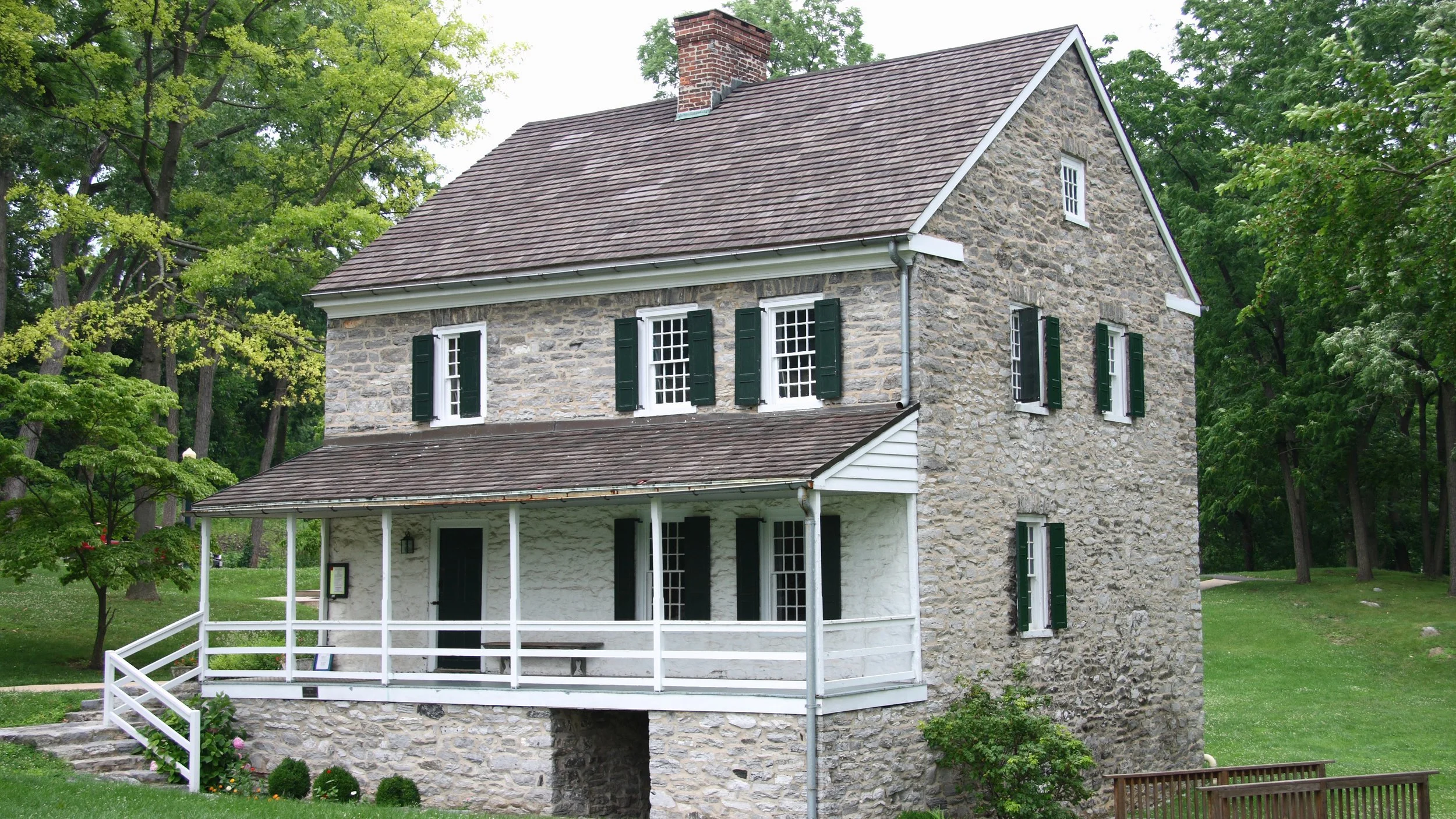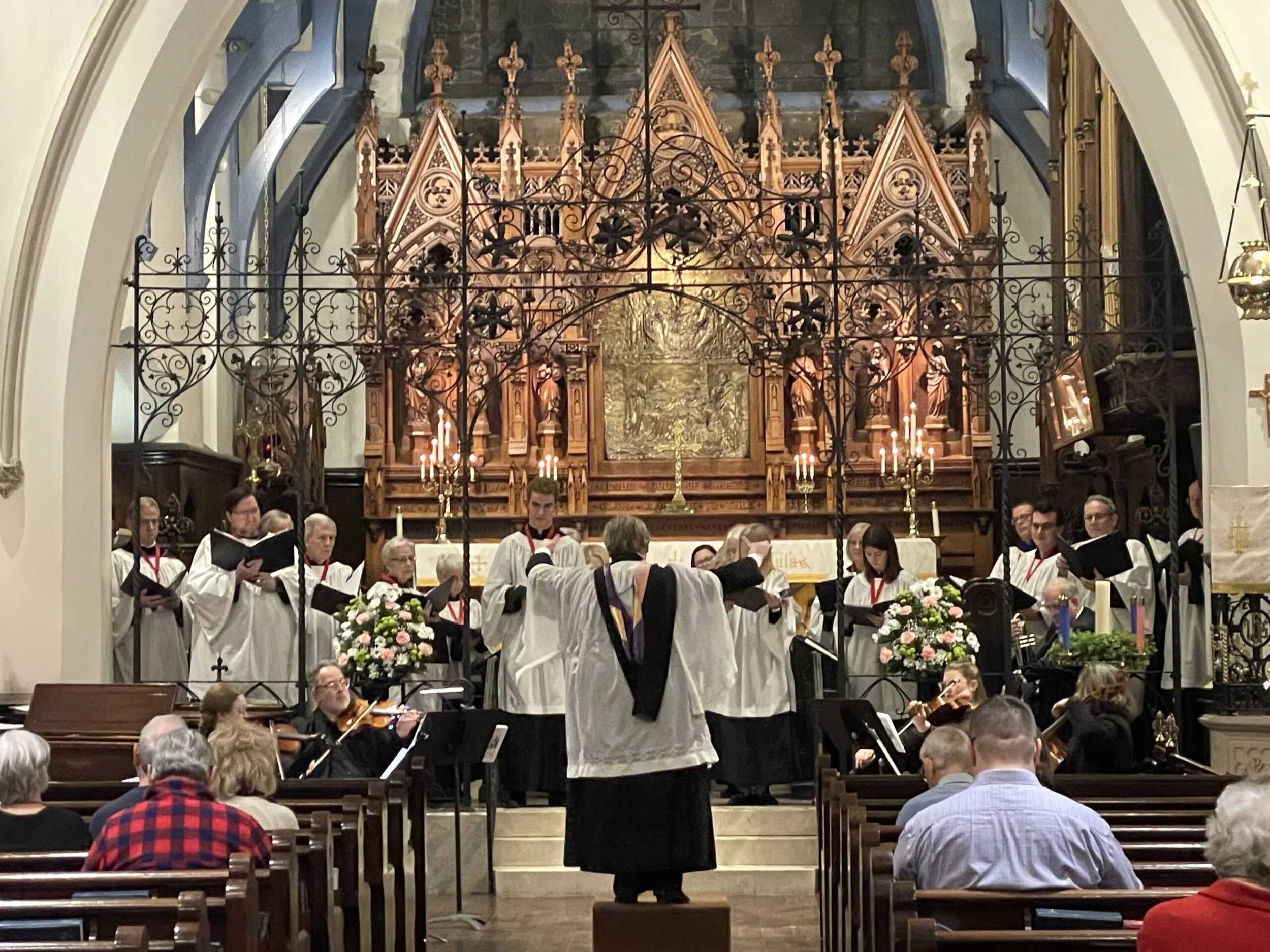Great Valley Ramble
Western Maryland’s Great Valley or Cumberland Valley, bounded by the Blue Ridge Mountains on the east and the Alleghenies on the West, is a beautiful region of rolling hills and quaint farms. My family roots in the valley go back for centuries, and I’m excited to share a few of my favorite places with you.
I will pick you up at your D.C. area hotel or an agreed meeting place, and we will head west through the Maryland countryside for this full-day adventure.
Our first stop is at our nation’s first Washington Monument, a stone tower built by the citizens of nearby Boonsboro on the heights of South Mountain in 1827. Climb the steps of this well-preserved structure for a view of the surrounding mountains. Sometimes you can even spot hawks, eagles, and falcons soaring by in search of prey.
We continue to iconic Burnside Bridge, the most famous symbol of the Battle of Antietam, where nearly 23,000 Union and Confederate soldiers were killed and wounded on the bloodiest day in American military history, September 17, 1862. The bridge was the center of conflict in the battle’s closing stage, as thousands of Union soldiers were picked off by Confederate sharpshooters while trying to cross Antietam Creek.
Next we will visit Williamsport’s Cushwa Basin, one of the best preserved sites along the 185-mile Chesapeake and Ohio Canal, which connected Cumberland, Maryland and Washington, DC, and transformed the local economy in the late nineteenth and early twentieth centuries. The basin is a rare watered section of the canal, where several unique features can be visited in close proximity.
Williamsport was one of the largest towns along the canal, and was the home of numerous warehouses for loading goods for transport. One of these survives, and is now a museum of canal history. The site also includes a turning basin, one of the few places on the canal where boats could turn around, as well as an iron truss bridge that transported boats across a section of the river and a lock and lockhouse.
We continue to Fort Frederick, near Big Pool, the nation’s only remaining stone fort of the colonial era. Built in 1756 and 1757 on what was then the edge of the frontier, the fort was built in a style developed by French engineer Sebastien de Vauban, the father of modern fortification. It served as a place of refuge from Indian raids and was later used to house prisoners during the Revolutionary War and Civil War.
We end our time in the region in Hagerstown, the county seat, founded in 1762. We will visit the Jonathan Hager House Museum, a unique stone house built by the city’s founder, a German immigrant, that features a basement springhouse and is filled with historic artifacts.
A final stop before our return to your D.C. area hotel or agreed meeting spot is nearby St. John’s Episcopal Church, an 1872 Neo-Gothic building that represents the high point of the city’s flourishing as a center of industry and transportation. The church features striking stained glass windows and a monumental altar and reredos, with dozens of figures carved in wood. Created in Switzerland by master carvers, the altar and reredos were sent to New York for the 1893 Columbian Exposition where they were a central feature of the Swiss National Pavillion.
This ramble is a full day adventure, and will include lunch at an interesting local spot (at the traveler’s expense).
Includes admission to all sites. The Hager House Museum is only open on Fridays and Saturdays, and closed all winter. We can substitute a visit to another local museum if it is closed.
Please contact me directly to arrange rambles for groups larger than seven.






